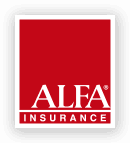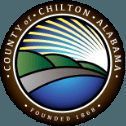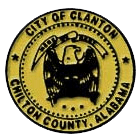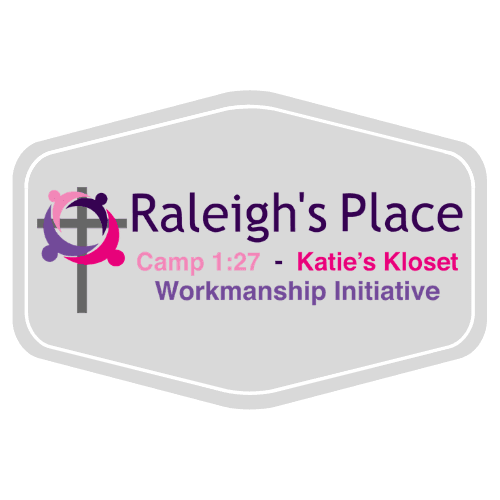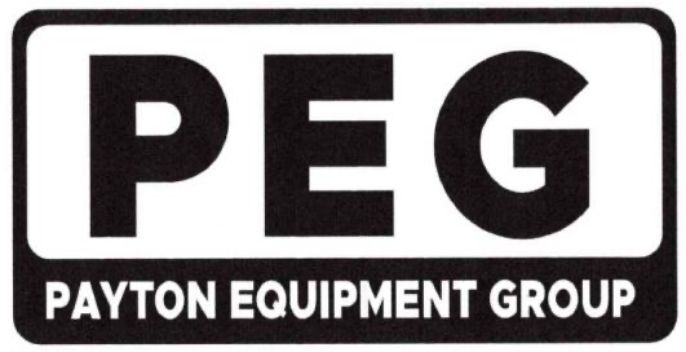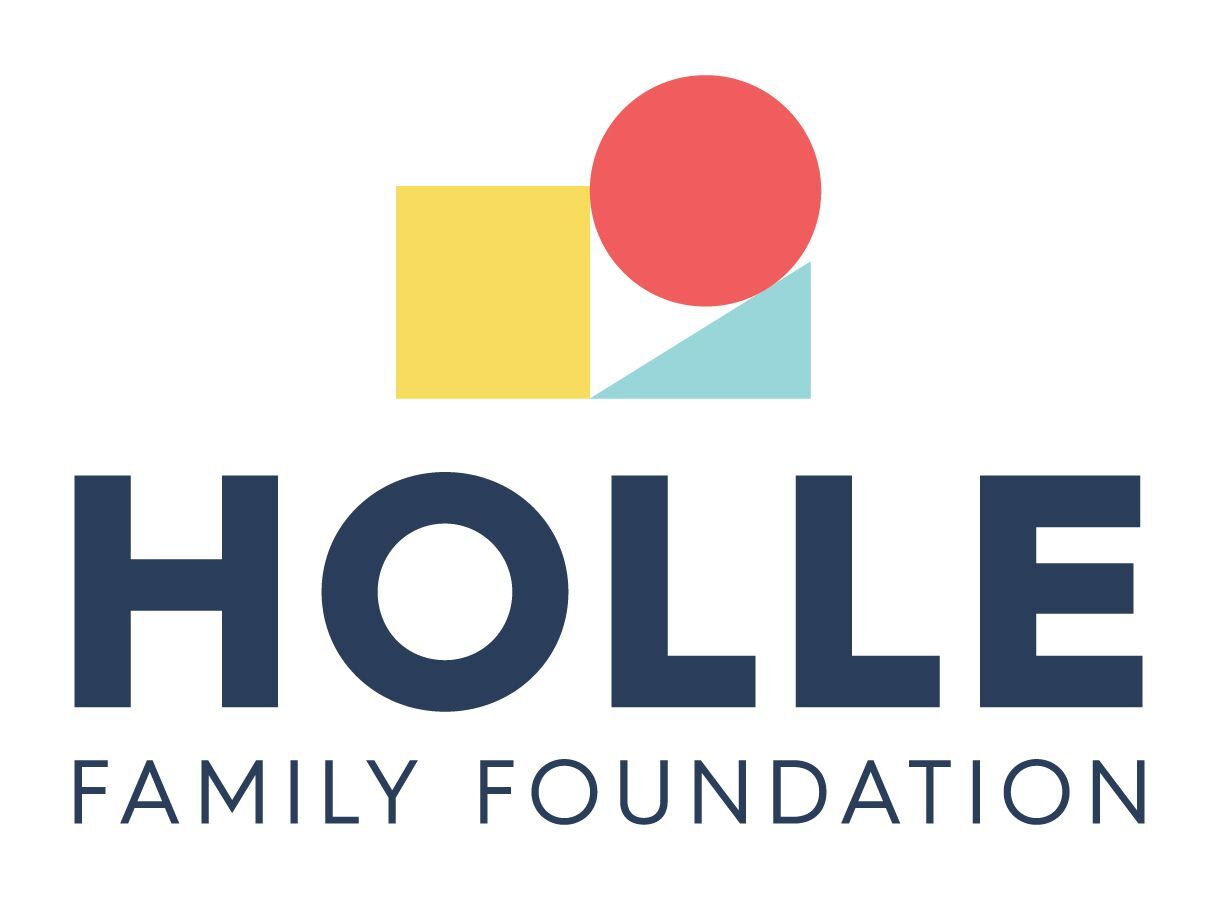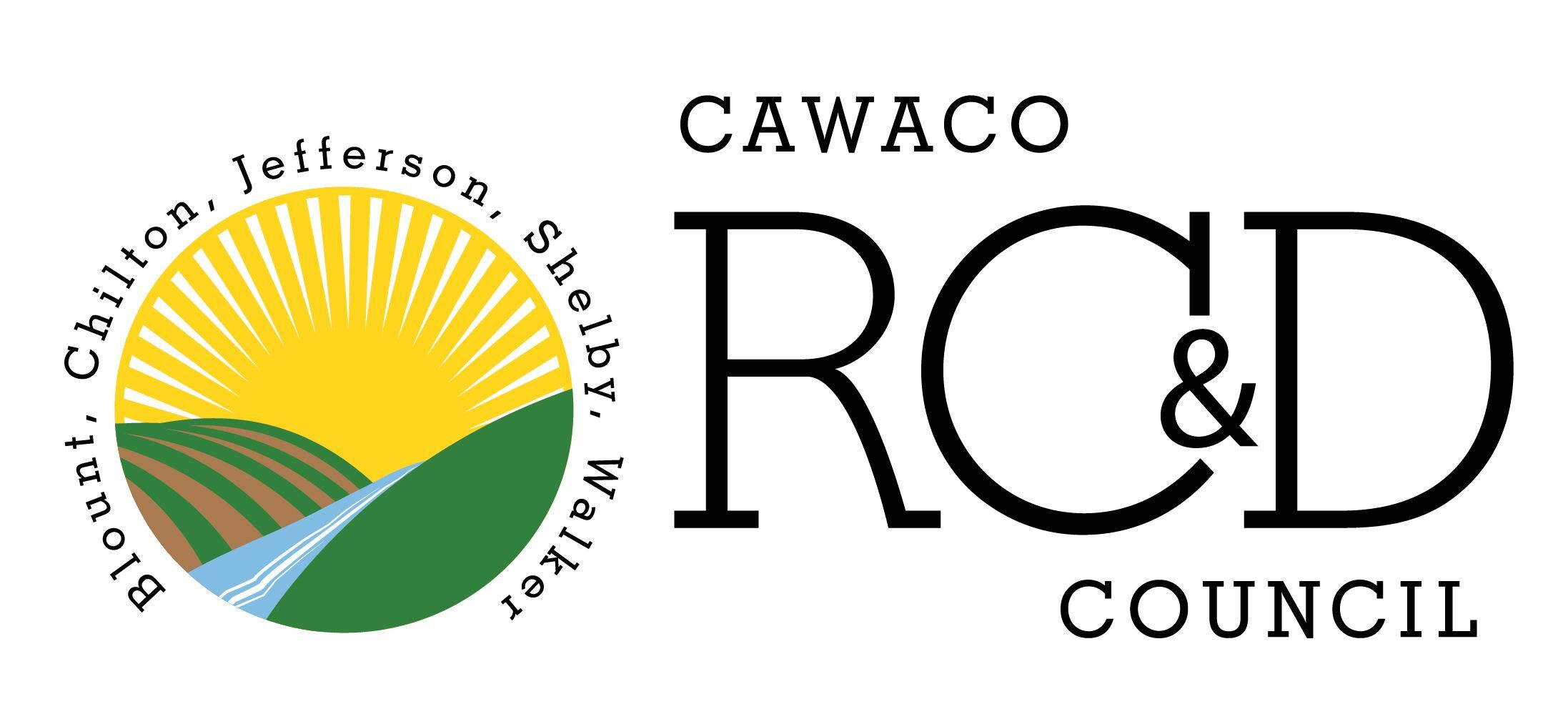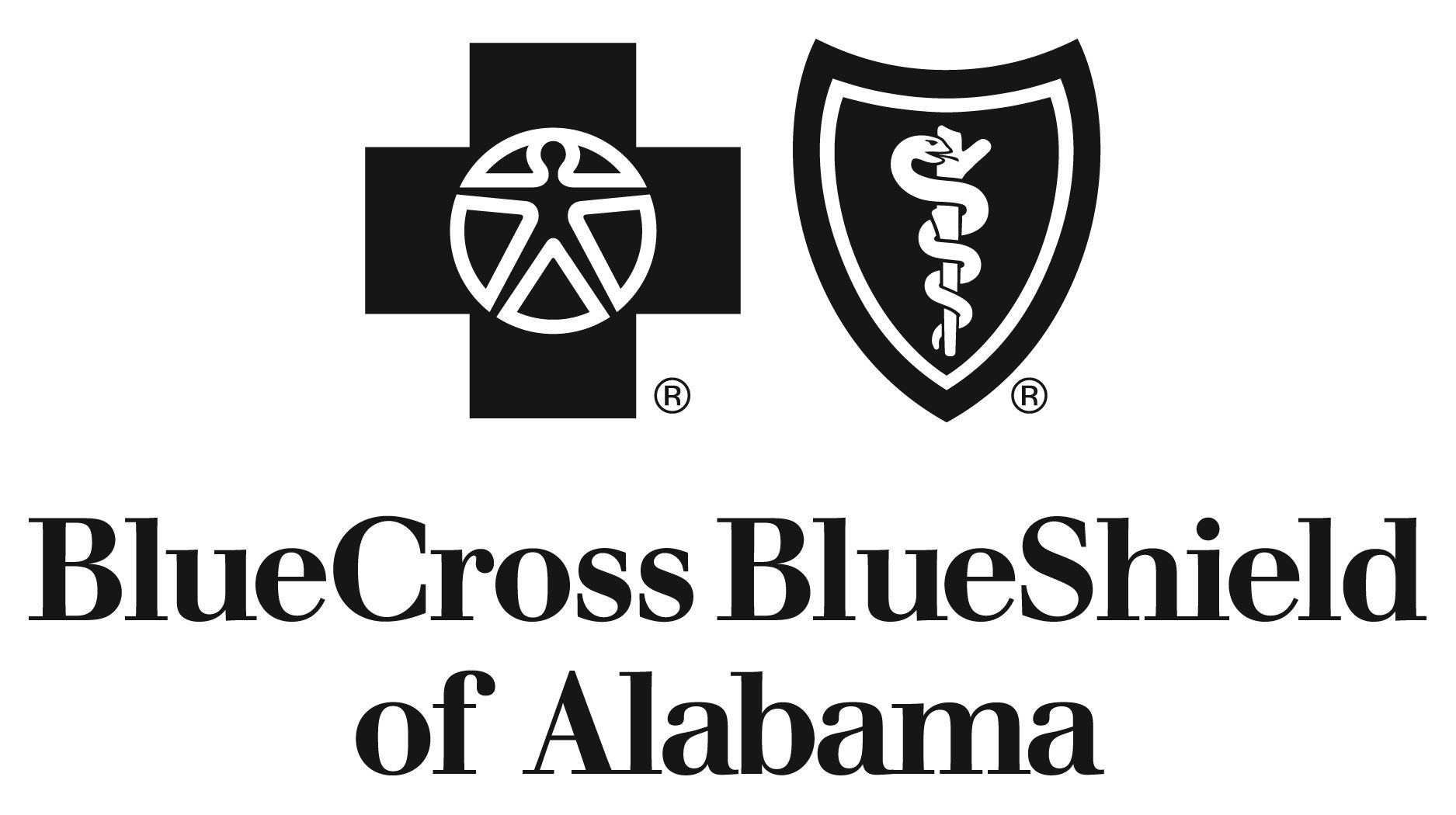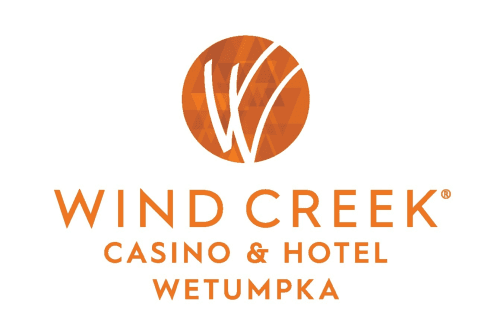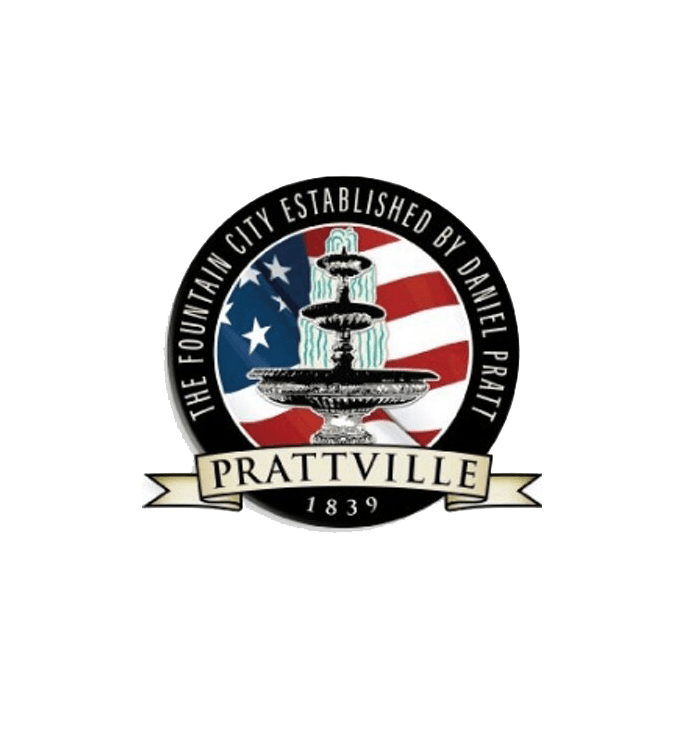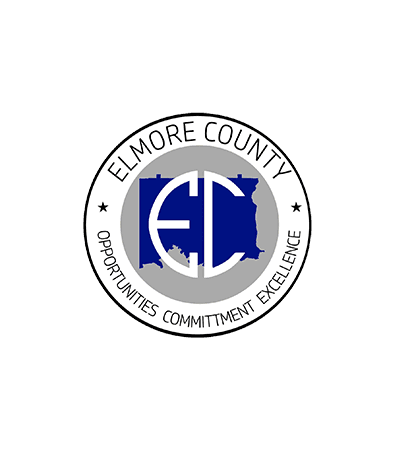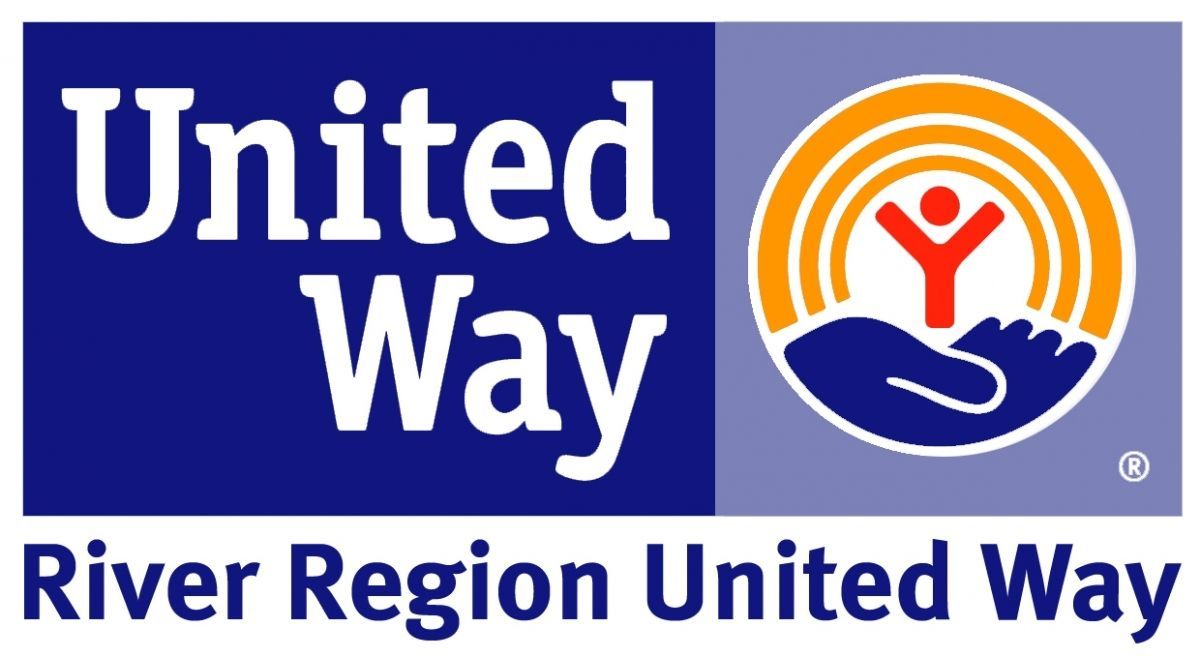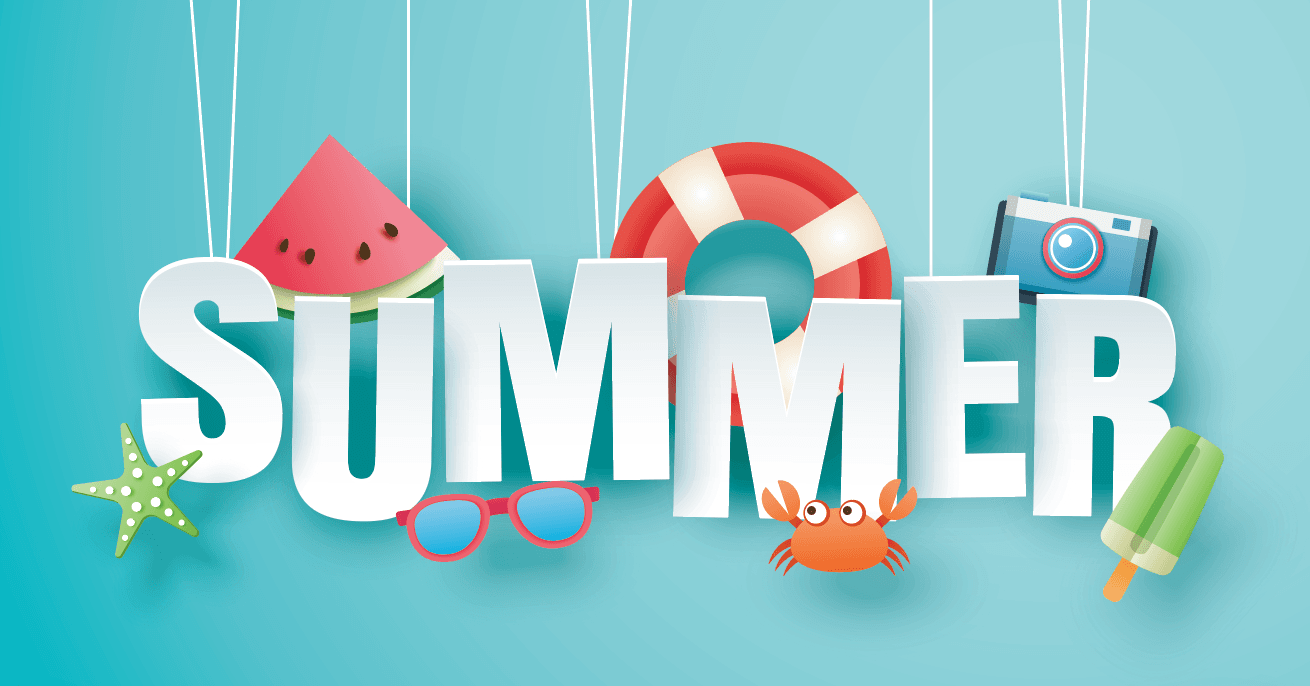
Summer is upon us! The kids are out of school, and the temperatures are warming up. This heat can overwhelm us, but we find relief in sweet summer treats and water-play with our family and friends. The extra time with kids out of school presents great opportunities to have conversations around body safety and good body boundaries. Conversations about our bodies and our kids’ bodies can perhaps seem uncomfortable, but the information can offer them great power to help enhance their future safety. When it is a caregiver that is taking the time to have these important conversations, a line of communication can be made open for kids to trust caregivers with important information about their safety in the future. They may ask questions when they are older that they would not have asked the caregiver due to shared discomfort unless the caregiver took the time to talk about their bodies in younger years. When the conversations begin at a young age, it becomes more and more natural to have body safety discussions, and kids build trust with caregivers to seek them out with their questions or concerns. Here are some tips to start the conversation and lay the foundation for body safety this summer.
Use what is common to have uncommon conversations. Bath time and swim time may seem like routine events in these summer months, and body safety may feel like an awkward conversation to have, but it doesn’t have to be! Bath time and swim time are perfect times to have conversations about privacy and body safety. At Butterfly Bridge Child Advocacy Center, we often use “the bathing suit zone” to refer to private body areas. What bathing suits cover are considered private parts that should not be seen or touched by others. Ask your child who can see their private parts and in what context to assess their understanding and correct misinformation when necessary. In cases of medical care and bathing, parents, caretakers, and medical professionals may see or touch private areas. Explain that “private” does not mean “bad.” Everyone has private parts, and “private” simply means that those parts are not for others to see or touch. Our bodies are very special, and they belong only to us.
Use correct terminology. In cases when kids need to communicate abuse, there are many hurdles they have to overcome. Finding the courage to tell is challenging. Depending on age and development, speech and communication skills can impact understanding. These circumstances may be out of a parent’s control, but offering kids the best tools - powerful information and correct terminology - can assist victimized kids when they reach out for help. Medical terminology for body parts should not intimidate a parent when having body safety discussions. It can eliminate confusion and doubt when a child calls private parts by their correct names, especially the penis and vagina. It assists a child in communicating needs to other adults that may be caring for a child, and in some investigations, the proper terminology can impact whether or not a case moves forward against an offender. Calling private parts cute names may make an adult feel more comfortable in talking to a child about private parts, but it can also impact the understanding of an abuse disclosure. Calling private areas the “no-no zone” or the “no-no square” can communicate that private parts are bad when they are not. Kids can misinterpret information about their bodies and carry shame in association with their private parts, especially when victimized. This can prevent or delay a disclosure when immediate disclosure is best. Taking the shame and disgust away from the proper terms and information about our bodies is important in the care of children. In some cases, it can rescue them from continued abuse and save their lives.
Use good age-appropriate resources to support body safety education. There are many good resources and books that can assist caregivers in teaching their children body safety. The Mama Bear Effect (themamabeareffect.org) has a great website of statistics, tips, and resources for families that are seeking to keep kids of all ages safe from sexual abuse. The number of books on the topic may seem overwhelming, but skimming pages at your favorite place to buy books may help you find the support you’re looking for. At Butterfly Bridge, we use several good books in our effort to teach body safety and work with victimized kids. My Body Belongs to Me from My Head to My Toes by Pro Familia teaches body boundaries for children of all ages. Allowing children to have boundaries with touch and with affection supports body safety. It helps them to say no to abusive behavior when they are allowed to say no to unwanted affection, even from safe adults in their lives. Teaching children the phrase, “No, Go, Tell,” can help children easily understand and communicate what to do should something happen they feel isn’t right. Saying or shouting, “No!” and running (“Go”) to tell a safe adult helps keep them safe. While kids easily learn “stranger danger,” which is supported by healthy child development, most of the time, an offender is someone they know and trust. Explain that safe adults and safe friends do not ask kids to keep unsafe secrets. Do You Have a Secret? by Jennifer Moore-Mallinos and Marta Fabrega helps distinguish safe secrets and unsafe secrets. My Body Belongs to Me: A Book About Body Safety by Jill Starishevsky is a great book to read with your child if they have experienced sexual abuse or if you suspect they have, and of course, always, always, always report any suspected or confirmed child abuse to the Department of Human Resources (DHR) for proper investigation and enhanced future safety. There are further resources, including therapy for the child and caregiver support, made available through Butterfly Bridge Child Advocacy Center after abuse is reported to DHR.
Have a great summer, and stay safe!



